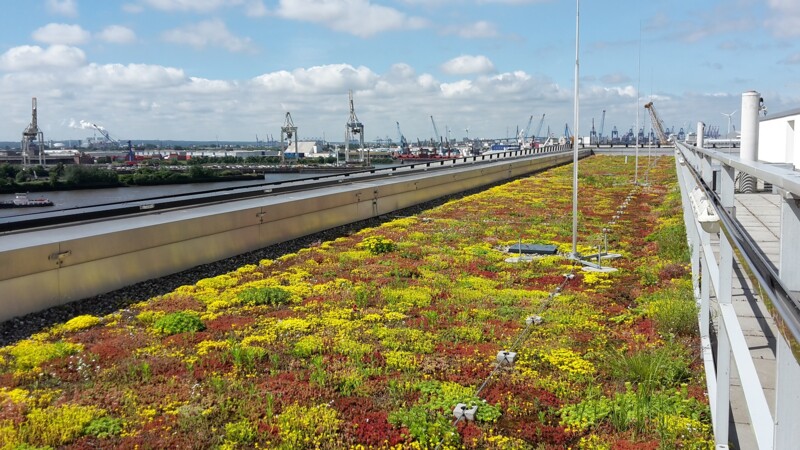SeaClear is backed by an international network consisting of the Hamburg-based Fraunhofer Center for Maritime Logistics and Services CML and other partners in Germany, the Netherlands, Croatia, France and Romania. The oceans now contain around 26 to 66 million tons of waste 90 per cent of which is on the seabed. Underwater waste has been collected by divers hitherto which causes enormous effort and exorbitant costs. As part of SeaClear, CML and its partners are developing a robotic solution that autonomously detects, classifies and collects underwater waste with a success rate of 80 per cent. The EU is putting EUR 5 million towards the project as part of the Horizon 2020 research scheme.
More and more plastic bottles, food packaging and cigarette butts are ending up in oceans from rivers and other bodies of water. Now, the SeaClear project is using autonomous robots to rid the seas of this pest.
26 to 66 million tons of waste in seas
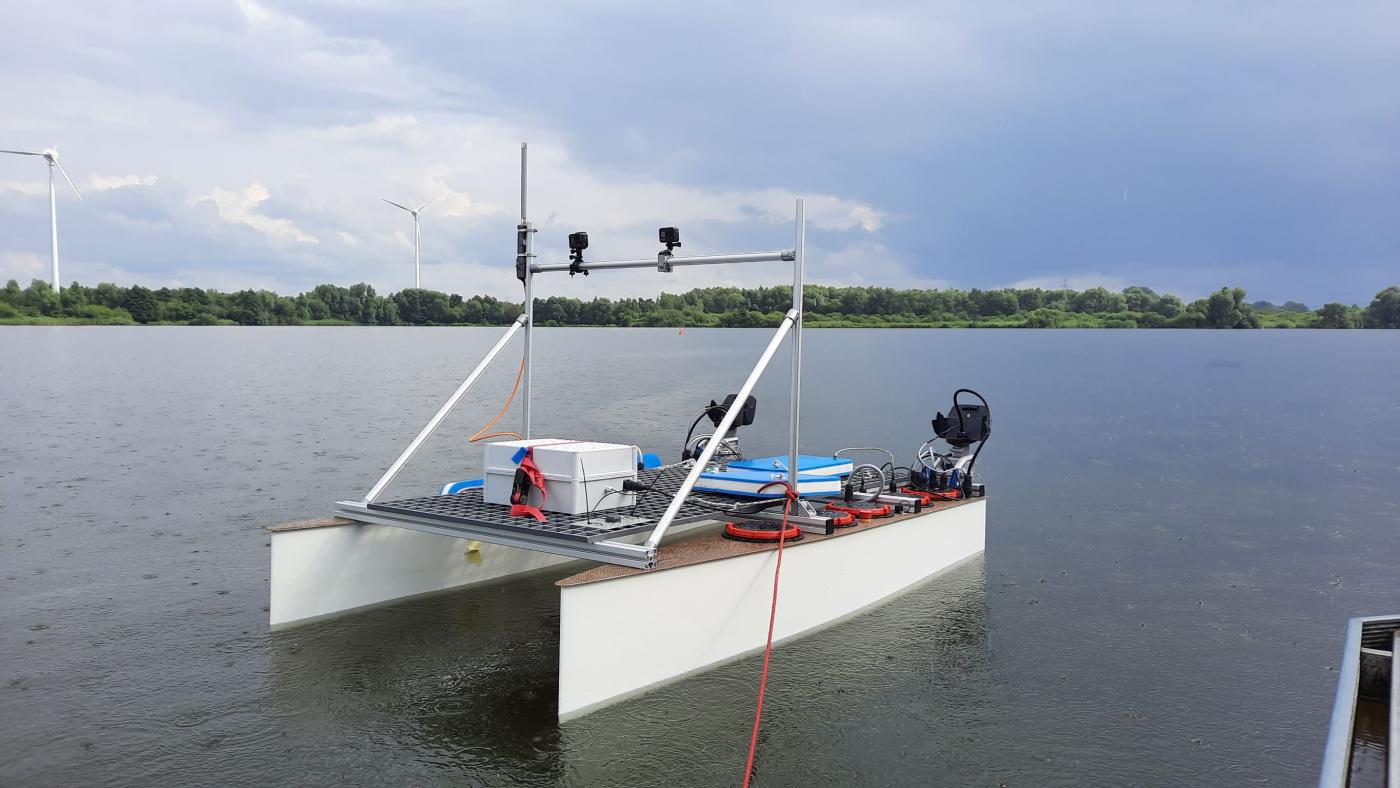
Mother ship, drone and underwater vehicles
"Our goal is to develop and test a network of unmanned surface and underwater vehicles as well as drones to map and classify waste on the seafloor and then collect it," said Johannes Oeffner, team leader Maritime Technologies and Biomimetics at CML. "At first, we do a rough assessment to identify areas to which the drone and mother ship can be sent. An underwater vehicle maps the area and a second vehicle collects the waste," said Cosmin Delea, Project Leader. The researchers are aiming for 80 per cent accuracy in identifying the trash, a 90 per cent success rate in collecting it and 70 per cent cost savings compared to using divers.
What if animal and plastic merge?
Determining the waste poses a tough challenge. "Our system can distinguish, for instance, between plastic on the one hand and plants and animals on the other," said Delea. However, it becomes problematic when the two merge. "That occurs e.g., if a marine animal uses a plastic container as a new dwelling or algae grab plastic parts and grow around them." Life is uppermost in the event of such hybrids, he said. "If our system tells us the object is to 90 per cent plastic, then we grab it. If this value slips below a pre-determined mark, we assume it is alive and leave it there.”
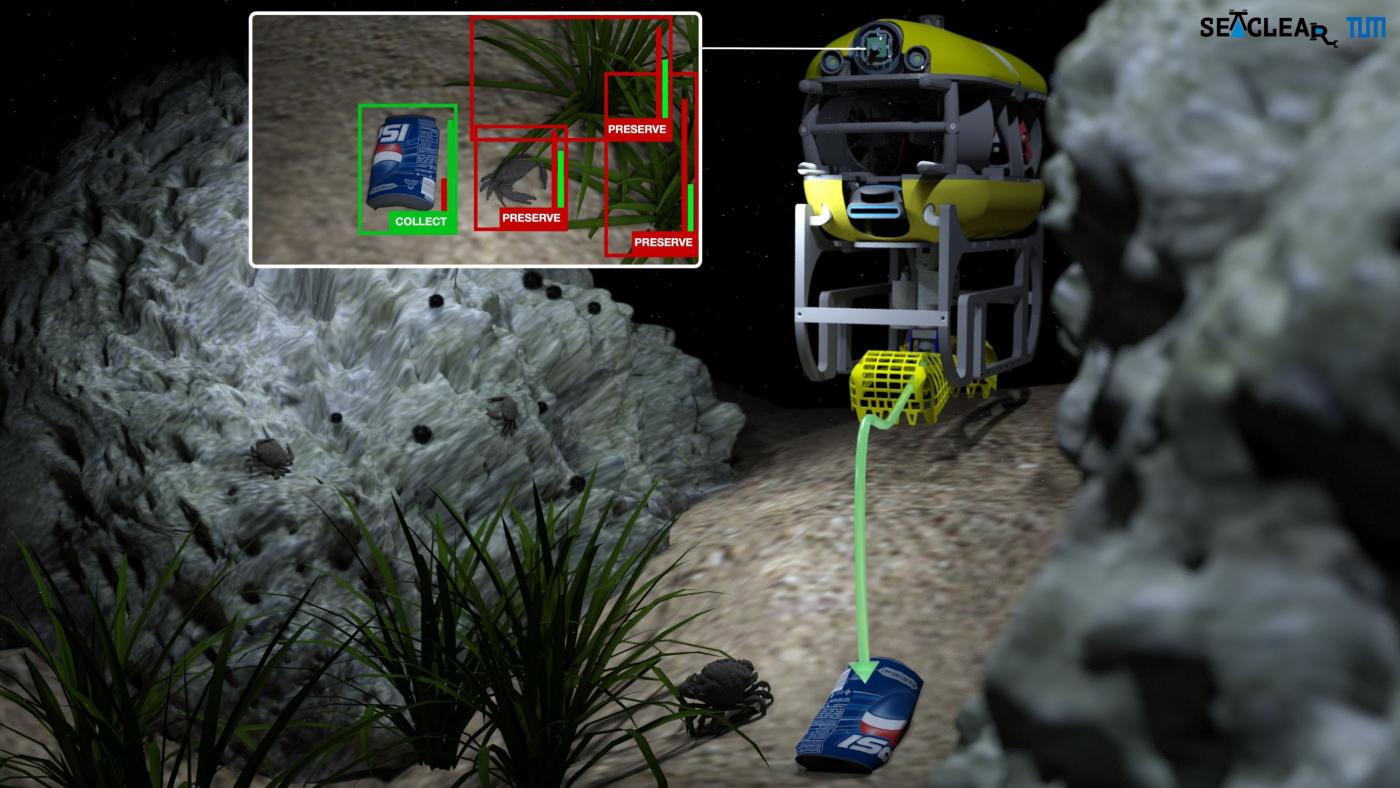
Artificial intelligence helps with recognition
Optical and acoustic sensors are used to distinguish between waste and living creatures. The system is trained using artificial intelligence and tested in simulations. The researchers create their own material and use publicly available data bases for the AI training. "Qualitative material is key to success," Delea stressed. "However, in this case, qualitative means the material must not be too good. Photos of divers are often enhanced and do not correspond to the reality that our sensors 'see' on site." Turbid water and tidal currents make identifying waste e.g.in the Port of Hamburg difficult. "Cameras are not good at estimating the proportion of trash components, so we rely on acoustics. During initial trials, we are investigating the stability and precision of the acoustic systems to increase the accuracy of the hits," said Delea.
First tests in Hamburg and Dubrovnik
Two test phases are underway in Hamburg and Dubrovnik. By the end of the project in December 2023, the researchers want to have developed a functional prototype. "That will be followed by more development right up to market readiness, which is likely to take some time," said Delea. "However, individual components such as a mapping service may be deployed relatively soon," Oeffner added.
ys/kk/pb
Sources and further information
The Hamburg-based Fraunhofer Center for Maritime Logistics and Services develops and optimizes processes and systems along the maritime supply chain. The latest scientific findings become practical solutions in maritime logistics, port, shipping and shipbuilding. Emphasis is on solutions for end-to-end digitalization and process automation, service concepts and AI-supported data analysis, as well as autonomous maritime systems and sustainable shipping.
More
Similar articles
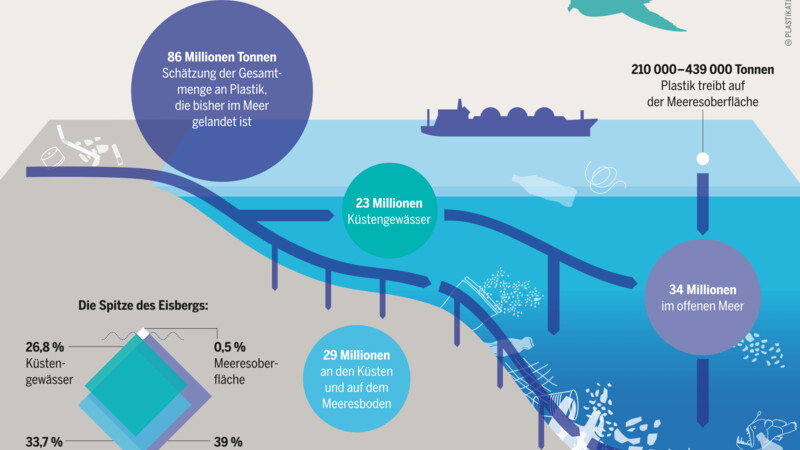
Hamburg coming up with solutions to menace of plastic
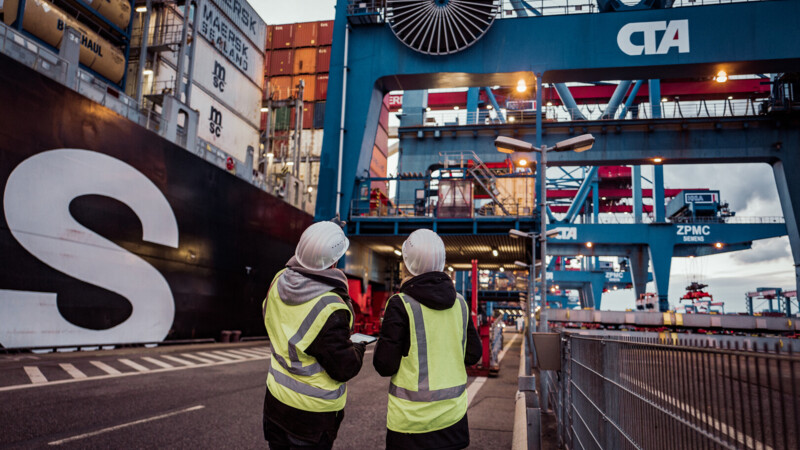
Promising fields of application for AI in Port of Hamburg

Algae research progressing in Hamburg
